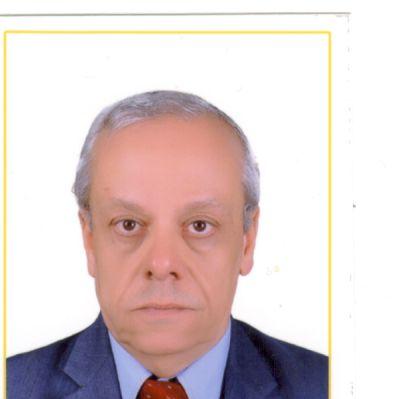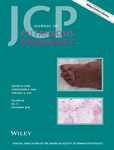Background: Nerve growth factor (NGF) and its high-affinity recep- tor, tyrosine kinase A (TrkA), are members of the neurotrophin family. NGF–TrkA are involved in murine hair morphogenesis and cycling. To date, their expression in human hair follicle (HF) is unknown. In this investigation, we hypothesize that NGF–TrkA proteins are expressed in the human scalp skin. Moreover, NGF–TrkA expression in HF changes with the transitions from anagen→catagen→telogen stages.
Materials and methods: To test our hypothesis and to fill this existing gap in literature, the immunostaining values (semiquantitative evaluation of protein expression: SI, staining intensity; PP, percentage of positive cells; and IR score, immunoreactivity score) of NGF and TrkA proteins were examined in human scalp skin by immunofluorescent and immunoperoxidase staining methods. Fifty normal human scalp skin biopsy specimens were examined (healthy females, 53–57 years). In each case, 50 HFs were analyzed (35, 10, and five follicles in anagen, catagen, and telogen, respectively).
Results: The IR scores were statistically significantly higher(p < 0.001) in anagen as compared with either catagen or telogen HF (9.61 ±0.12 vs. 1.4 ± 0.10 vs. 0.6± 0.10 for NGF and 3.31±0.02 vs. 0.5± 0.10 vs. 0.2 ±0.10 for TrkA). In the anagen HF, high expression values were seen in the distal region, followed by upper distal, lower distal, and bulb regions for both NGF (10.6±0.21 vs.10.3± 0.21 vs. 9.2±0.40 vs. 8.1 ±0.30) and TrkA (3.54±0.07 vs.3.45±0.07 vs. 3.31± 0.06 vs. 3.13 ±0.04). Both NGF and TrkA proteins showed prominent expression in the melanocytes (7.6±0.15 vs. 2.50 ±0.07), keratinocytes (10.2 ±0.40 vs. 2.71±0.06), sebaceous glands (10.2±0.40 vs. 2.72± 0.06), and sweat glands (10.4±0.40 vs. 2.84 ± 0.05).
Conclusions: Our findings report, for the first time, the expression pattern of NGF and TrkA proteins in human scalp skin and HF. The differential expression of these proteins during HF cycling suggests their possible roles in human HF biology. The clinical ramifications of these observations mandate further investigations.


